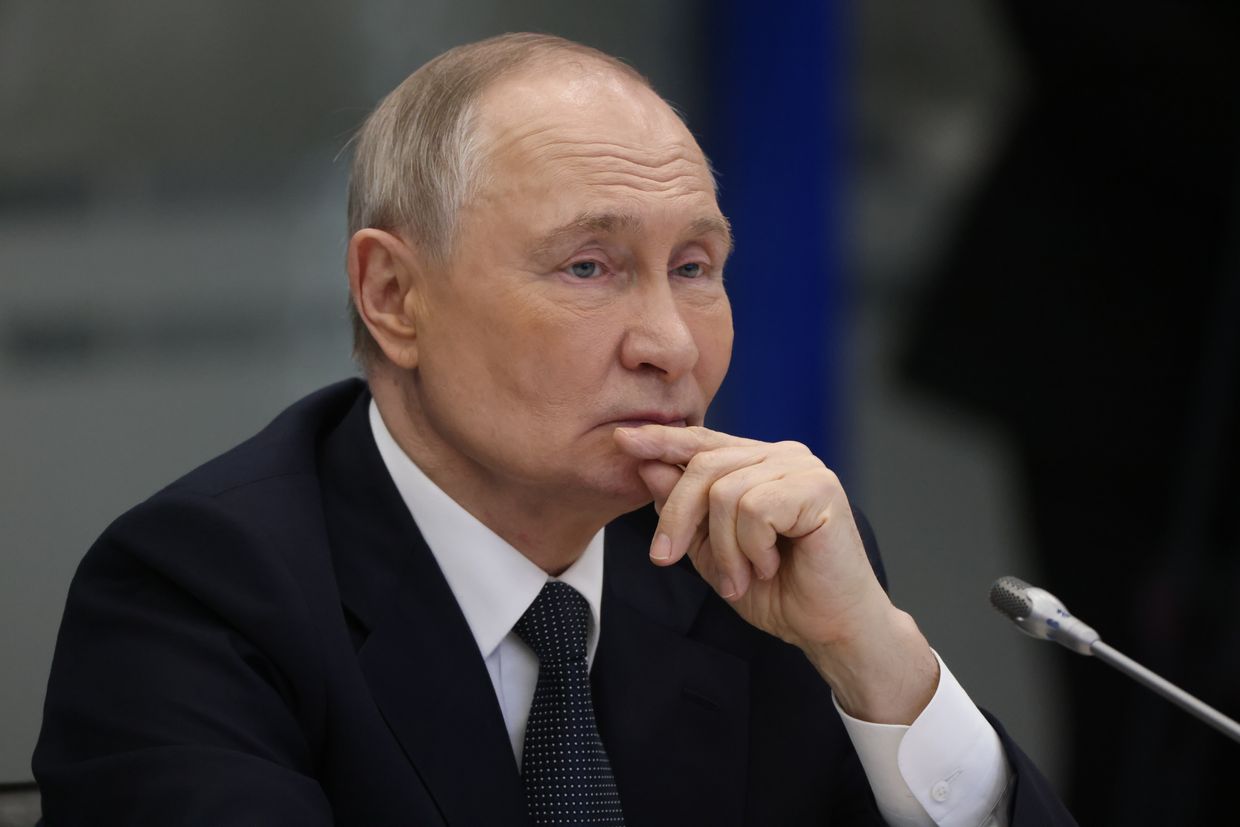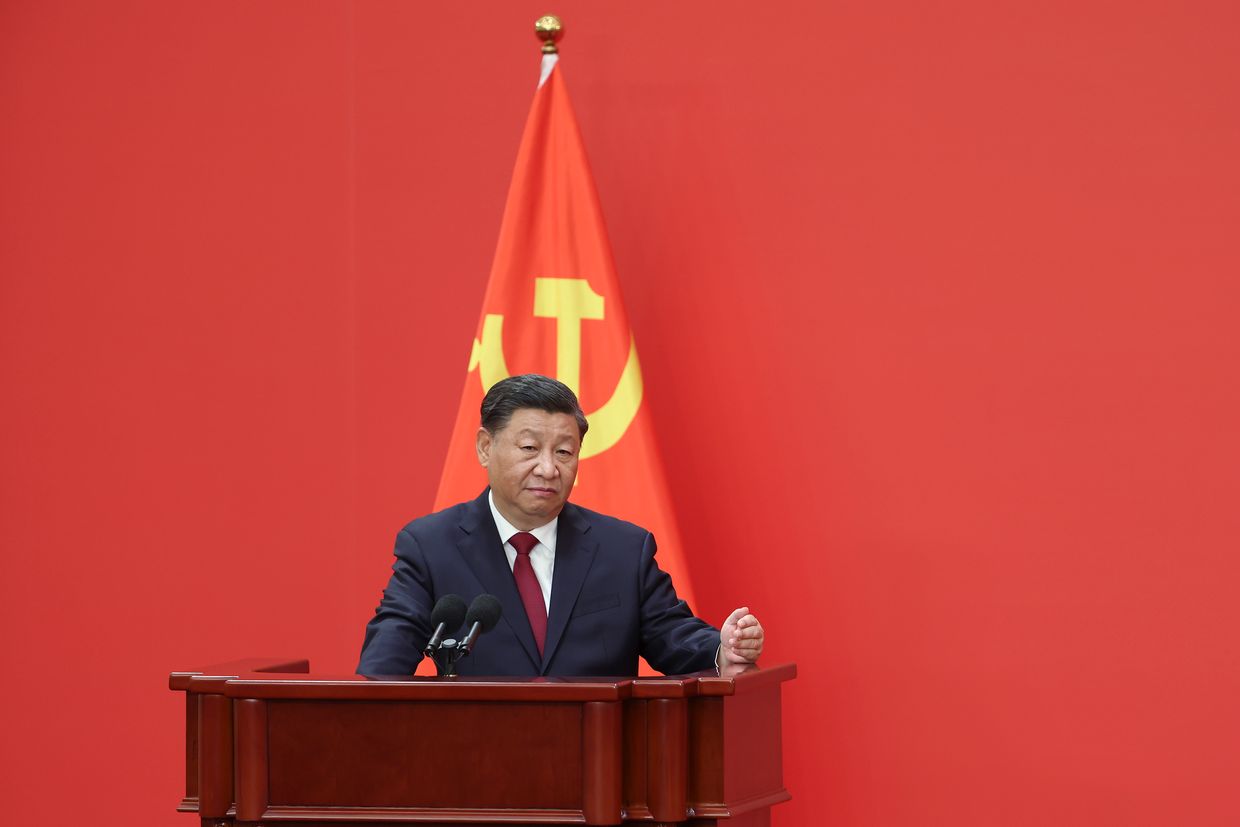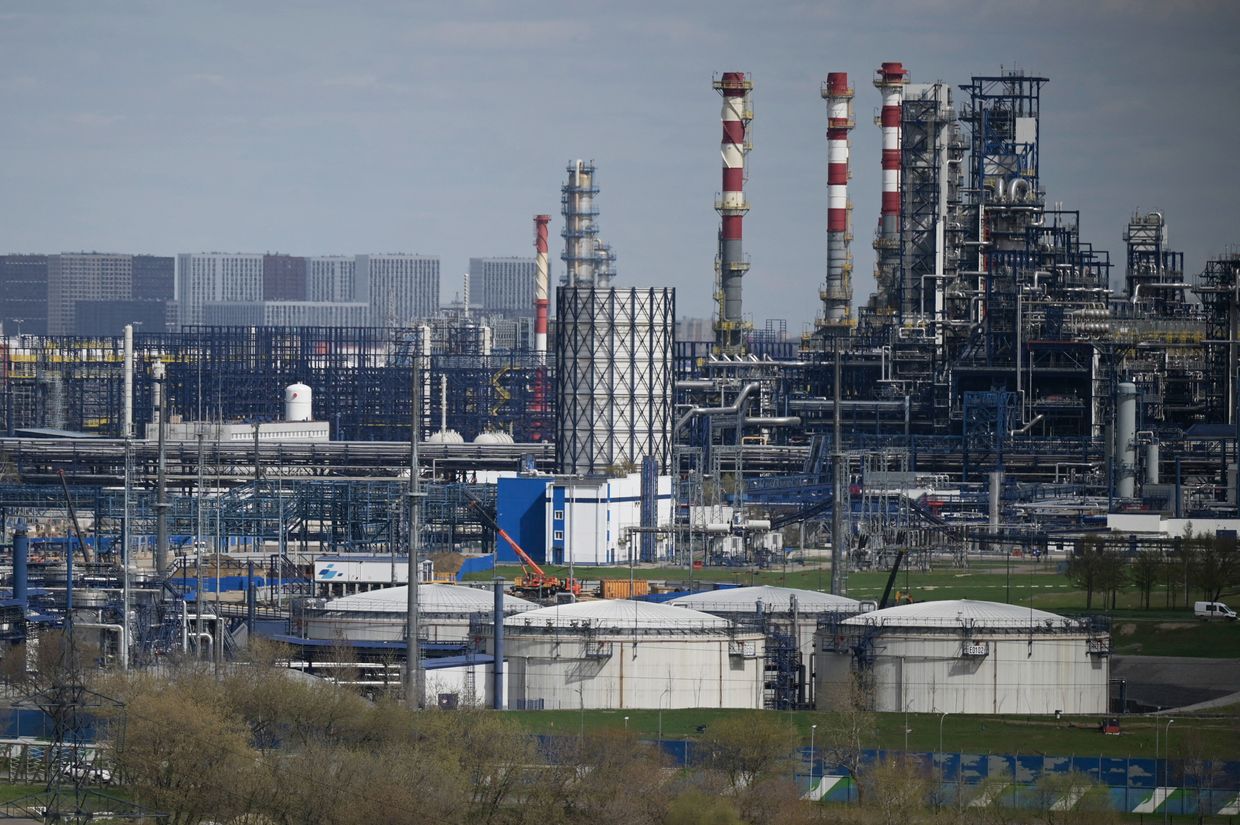When Tulsi Gabbard, the director of national intelligence, went looking for someone to head the National Counterterrorism Center, she landed on Joe Kent, a former Green Beret, past CIA officer, and twice-failed MAGA congressional candidate in Washington state, who, as the Associated Press reported, “stands out for the breadth of his ties to a deep-seated extremist fringe.” During his first campaign in 2022, Kent consulted with white nationalist Nick Fuentes on social-media strategy. He also had a member of the Proud Boys on his campaign staff, and he embraced as a supporter and ally Joey Gibson, the leader of Patriot Prayer, a Christian nationalist group.
But his associations with far-right extremists began prior to his attempt to win a congressional seat. In 2020, Kent helped boost the organizing message of a new right-wing paramilitary outfit that called itself the 1st Amendment Praetorian.
On September 20, 2020, Robert Patrick Lewis, a former Green Beret and QAnon supporter, posted a long thread on Twitter (now X) that announced the formation of the group. Lewis declared that a band of “military, law enforcement & intel community veterans” had come together to protect the First Amendment rights of conservatives. He presented a harsh, conspiratorial, and paranoid view, claiming, “There are Marxist & leftist politicians aiming to lock down total control over our populace.” He asserted, “Their tyrannical, Marxist subversive groups such as ANTIFA & BLM demand total subservience to and adulation of their specific view of the world.” And he maintained the “corrupted Main Stream Media does their best to tarnish the reputation and destroy the lives of any public or private citizen who dares step up to them or fight back against their narrative.”
Lewis called on “military, law enforcement or intelligence community” veterans to join 1AP and fight back. In an apparent sign of support, Kent reposted this thread.

Lewis noted that 1AP would be providing security services for right-wing rallies and marches, including those “with a large number of high-profile, conservative VIPs speaking & attending.” For one event, he said he needed veterans to provide “physical security, intelligence/surveillance and to serve as team leaders for small security & intelligence and intelligence cells.” He promised, “we will keep your names confidential and our personnel records & communications will be encrypted.” He added, “This group was formed to protect attendees at President Trump’s campaign rallies.”
Soon after forming 1Ap, Lewis presented it not only as a security service for the right but as an intelligence operation. He told Fox News, “Our intelligence shows that no matter who wins the election, they [Antifa] are planning a massive ‘Antifa Tet Offensive,’ bent on destroying the global order they are not beholden to any one party. Their sole purpose is to create havoc, fear, and intimidation.” (No such uprising occurred.) After the election, 1AP claimed it was collecting evidence of fraud. On January 6, as the riot began at the Capitol, Lewis tweeted, “Today is the day the true battles begin.” (He later said he was at the Willard Hotel, not Capitol Hill, that day.)
Lewis’ 1AP did provide security at various events featuring far-right extremists. According to the final report of the House January 6 committee, during a December 12, 2020, rally of pro-Trump election deniers in Washington, DC, Stewart Rhodes, the leader of the Oath Keepers, a right-wing, anti-government militia, “coordinated” with 1AP “to guard VIPs, including retired Lieutenant General Michael Flynn and Patrick Byrne.” (Both Flynn and Byrne were prominent promoters of the crackpot conspiracy theory holding that the 2020 election was stolen form Trump.) Months later, Lewis and 1AP provided security at a QAnon conference in Dallas, where Flynn essentially called for a military coup in the United States.
On social media, Kent has often boosted posts from Lewis. At one point each complimented the other for a podcast appearance. When Kent ran for Congress, Lewis expressed his support for him on social media. In a 2022 Telegram post, Lewis said that he knew Kent “personally” and “wish I could personally vote for him.” In January, 1AP posted on Telegram that there were “mumblings” that Kent could be appointed to lead the National Counterterrorism Center and that this “would be a very good thing. I could not support this more strongly.”
Mother Jones sent Kent, the Office of the Director of National Intelligence, and the National Counterterrorism Center a list of questions about Kent’s support for 1AP and his relationship with Lewis. Neither Kent nor the agencies responded.
Kent has an established record as an extremist and promoter of conspiracy theories. During his 2022 run, he called for charging Dr. Anthony Fauci with murder to hold him “accountable” for the “scam that is Covid.” He promoted Trump’s Big Lie that the 2020 election was rigged against him. He backed the idea the January 6 riot was orchestrated by the Deep State to discredit Trump and his supporters. He referred to the J6 rioters as “political prisoners.” He pushed the notion that billionaire Bill Gates was seeking to “control the food supply” and “control housing” to force people to “live in the pod eat the bugs.”
Like Gabbard, Kent has no experience in leading a large intelligence organization. (After serving in the Army, he was a field operative for the CIA for a short time.) Both Kent and Gabbard were on the infamous Signalgate chat. As head of the NCTC, Kent will have the responsibility for monitoring and preventing both foreign and domestic terrorism. But his past as a conspiracy theorist and his association with far-right extremists raise questions about his analytical abilities and his capacity to assess threats of domestic terrorism that arise from the right. His association with 1AP and Lewis is just one more reason to wonder about his judgment.
 Russian President Vladimir Putin in Murmansk, Russia, on March 26, 2025. (Contributor / Getty Images)
Russian President Vladimir Putin in Murmansk, Russia, on March 26, 2025. (Contributor / Getty Images) Chinese President Xi Jinping in Beijing, China, on October 23, 2022. (Lintao Zhang / Getty Images)
Chinese President Xi Jinping in Beijing, China, on October 23, 2022. (Lintao Zhang / Getty Images) A view of Gazprom Neft's oil refinery on the southeastern outskirts of Moscow, Russia, on April 28, 2022. (Natalia Kolesnikova / AFP via Getty Images)
A view of Gazprom Neft's oil refinery on the southeastern outskirts of Moscow, Russia, on April 28, 2022. (Natalia Kolesnikova / AFP via Getty Images)
All of this is dumb stuff to go to prison for. I’m also a little bit skeptical, since you claim that all three entities have pissed you off even though they are very different and it’s very rare for the CIA to piss off any private individual inside the US. But regardless I don’t want to be entwined in your exhibits beyond just being involved for long enough to tell you this is a very bad idea.